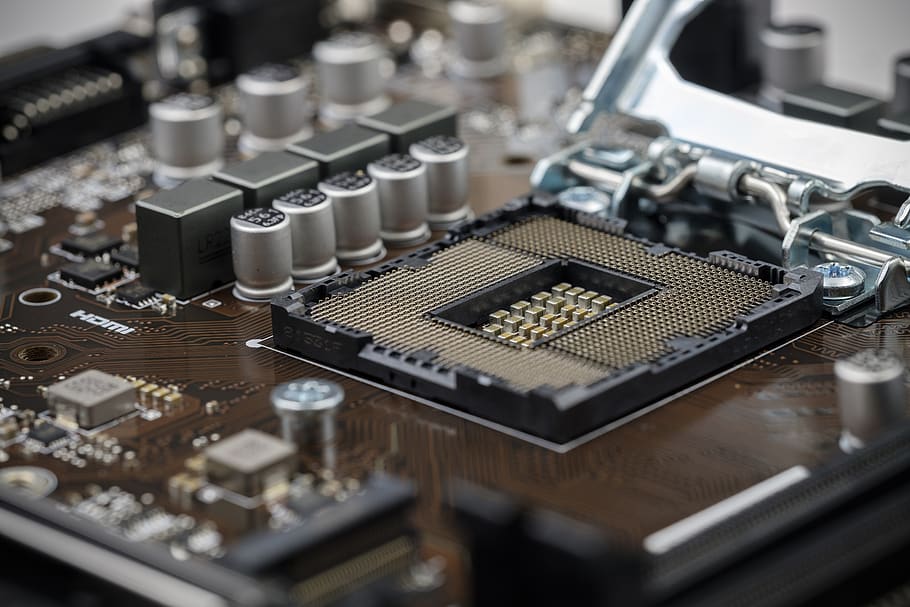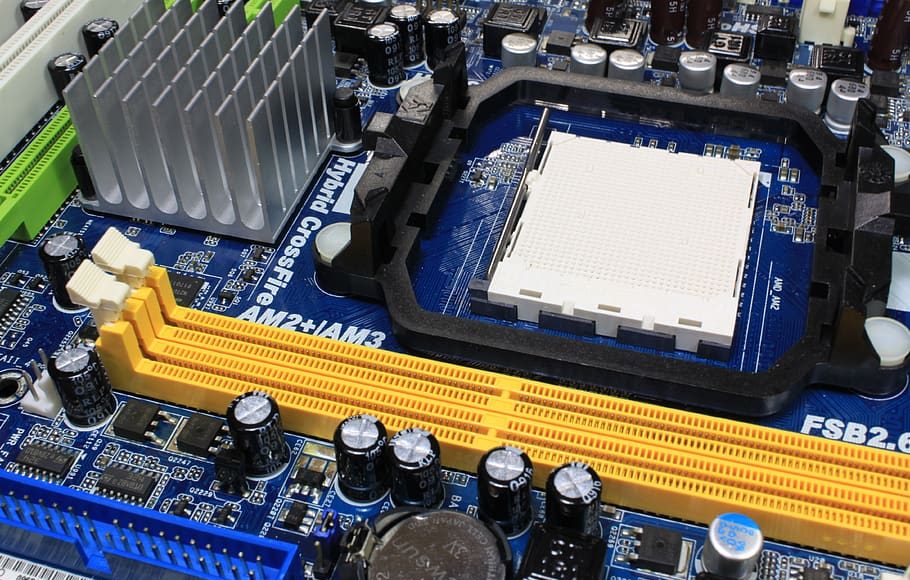Introduction
Dual CPU motherboards are quite rare, but they do exist. One of the most memorable examples is the ASUS A8V (by AVADirect), which features two Socket 939 CPUs in a 1×4 configuration. The motherboard comes with proprietary DDR2 memory modules that operate at 400MHz and can support up to 2GB per module for a total of 4GB in dual-channel mode.
The main drawback to this type of board is the fact that it cannot be found easily, because ASUS stopped production after just two years on the market. It’s also very expensive if you manage to find one used.
What if I told you there was another option?
That there was another dual CPU motherboard out there built for use with Xeon CPUs, as opposed to AMD or Intel? Well this is possible with the Super micro H8DGU-F motherboard. This board comes equipped with two LGA771 Xeon sockets and a total of six memory slots. It’s compatible with socket 771 Xeon processors, which means it can support E54xx, W35xx and X54xx models. You can use these boards with both Linux and Windows 2000/2003 Server OSes without problem.
Popular Choice
The most popular choice for this type of board is probably the 1156 socket, which came after the 771 socket was discontinued from production by Intel back in 2008. These boards come in at around $50 on eBay, but you can always find them for less if you try hard enough. They are somewhat rare, but definitely not as hard to find as the ASUS A8V I referenced earlier. They’re also pretty big and cumbersome, so be prepared for that if you manage to get your hands on one of these boards.
- The H8DGU-F motherboard has two gigabit Ethernet ports built in by Intel. It’s interesting to note that this motherboard is considered a server board mainly because of its size and weight, but it can be used with desktop processors without any problem at all.
- This motherboard works great for Linux or Windows 2000/2003 Server OSes. If you plan to use this board with Windows XP or Vista however, please note that the C-State setting will have to be disabled in order to boot properly.
One thing to note
This board is known to have compatibility issues with certain memory modules and it will not recognize them in the BIOS. If you find this issue, replacing the memory module with another one should fix this problem. Just be sure that your new memory module is compatible if you decide to replace the old one on your own.
Points of Motherboard:
The point of this motherboard is that it has six DDR slots using DDR2 memory, supporting up to 4GB per module, with two sockets for CPUs. The cool thing about this board is that it’s very rare. In fact, most people think there are only 5000 made, but they never realize how low the supply actually is. If you manage to find one of these boards’ used or new-old stocks, expect to pay a pretty penny. If you’re a gamer and manage to get your hands on one of these, it’ll be like having the Holy Grail. It’s also a good board for people who want to experiment with virtual machines or other technical stuff.

Dual CPU motherboards are quite rare, but they do exist. One of the most memorable examples is the ASUS A8V (by AVADirect) , which features two Socket 939 CPUs in a 1×4 configuration. The motherboard comes with proprietary DDR2 memory modules that operate at 400MHz and can support up to 2GB per module for a total of 4GB in dual-channel mode.
Advantages of Dual CPU Motherboard:
- One of the obvious advantages to this motherboard is that it supports up to two GPUs in crossfire or SLI. Along with one PCIe X16 slot for your single GPU, three PCI slots are available should you wish to add on any other components such as a Sound card or wireless adapter later down the road future proofing your build.
- It also has 6 SATA 3 connectors which allow you to hook up different types of RAID arrays to fit your needs whether they are large files, backups, security or speed increases. A total of four DIMM slots allow for multi-channel memory solutions to take advantage of faster ram speeds and lower latencies if you’re into overclocking memories up to 2400 Hz.
- Dual Gigabit LAN ports are available on the board if you wish to place your computer in a location that has its own network with the need of an additional adapter or switch, or simply if you want faster internet speeds. For recording purposes there are two PCI express x1 slots for extra video capture cards, usb 3.0 ports for increased bandwidth speeds and support of next gen storage solutions.
- USB 3.0 is backwards compatible so it will run fine on traditional usb 2.0 ports as well however it’s recommended to get at least USB 3.0 where ever possible because it’ll be able to achieve higher transfer speeds when transferring files both ways .
- For cooling the motherboard supports upto 7 fans connected using headers on the motherboard itself. Of course you can add fans in other locations however if you’re going to be doing extreme overclocking it’ll be wise to have a well ventilated case with good airflow capabilities.
Read More: Which Keyboard is best membrane gaming keyboard? All you need to know
Asrock 970 Extreme 3 Motherboard:
One of the obvious advantages to this motherboard is that it supports up to two GPUs in crossfire or SLI. Along with one PCIe X16 slot for your single GPU, three PCI slots are available should you wish to add on any other components such as a Sound card or wireless adapter later down the road future proofing your build. It also has 6 SATA 3 connectors which allows you to hook up different types of RAID arrays to fit your needs whether they are large files, backups, security or speed increases.
A total of four DIMM slots allow for multi-channel memory solutions to take advantage of faster ram speeds and lower latencies if you’re into overclocking memories up to 2400 Hz. Dual Gigabit LAN ports are available on the board if you wish to place your computer in a location that has its own network with the need of an additional adapter or switch, or simply if you want faster internet speeds.
Conclusion
Dual CPU motherboards served a purpose over the years and provided a less expensive option than investing in a $10,000 high-core processor.
However, since CPUs like the Threadripper line have up to 128 threads, are significantly quicker, more straightforward to set up, and consume less power, the function of these motherboards has dramatically diminished.



























